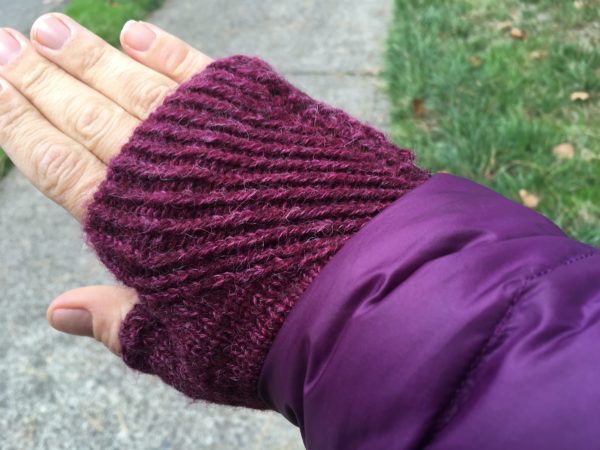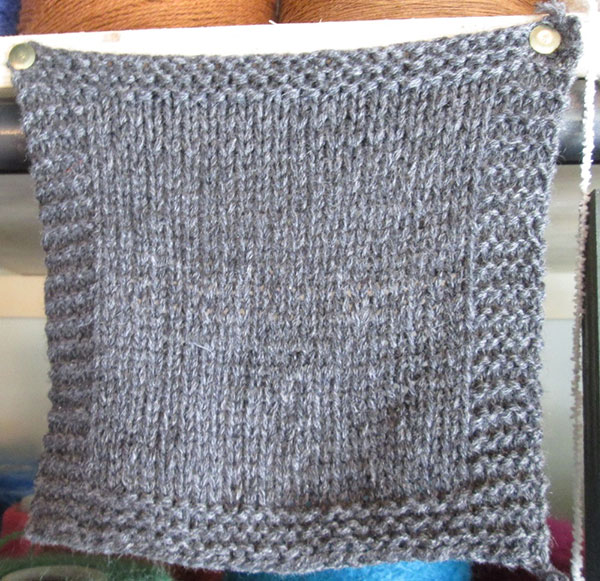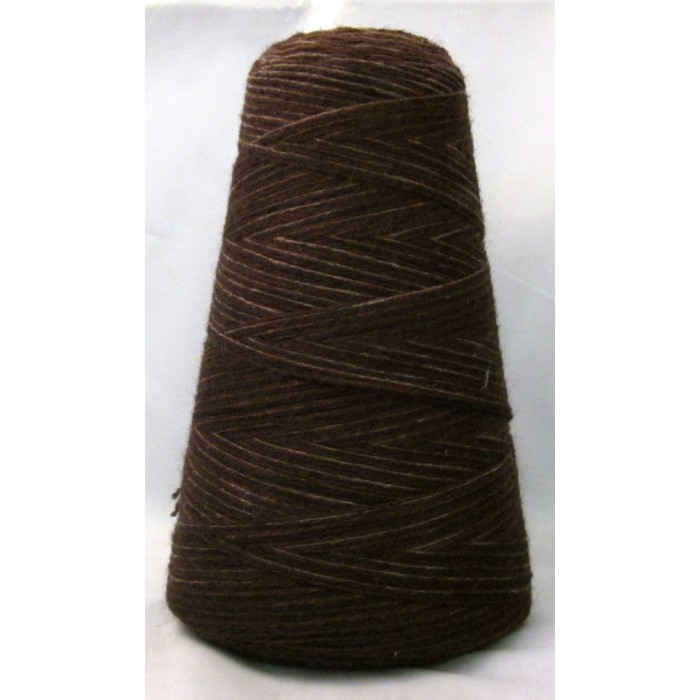Cashmere Knitting Yarn
Learn more about some of the major fiber types!
Cashmere yarn comes from the cashmere goat’s soft belly hair. Cashmere is 30% lighter than wool and eight times as warm, meaning that you can make very warm garments with almost no bulk. Cashmere has memory and will bounce back into shape after being stretched, but not to the same extent that wool will. Cashmere is a delicate fiber and will pill and wear thin over time if exposed to friction. Cashmere is so expensive because one cashmere goat will only produce about 6-8 ounces of cashmere in a year.
Common usage defines the fiber as a wool but in fact it is a hair, and this is what gives it its unique characteristics as compared to sheep’s wool. The word cashmere derives from an old spelling of Kashmir. Cashmere is fine in texture, strong, light, and soft. Garments made from it provide excellent insulation.
Cashmere is the downy undercoat of the Capra hircus Laniger, otherwise known as the cashmere goat. Originally from the Himalayas, these rugged animals grow a dual coat of fibers that protect and insulate them from freezing winds and subzero temperatures. Cashmere is eight times warmer than wool, but without overwhelming bulk. Cashmere knitting yarn has crimp, but not as much elasticity as wool.
Cashmere is a notoriously expensive fiber, but there’s a reason. While a cashmere goat may product up to a pound of fiber each year, the actual cashmere content averages only 6 to 8 ounces, about enough for a lightweight scarf.
Here are some examples of finished projects our customers have made with our cashmere yarn:

Straightforward Mitts
Cashmere Yarn Details
- Type of fiber: Protein (derived from animal)
- Hand: Extremely warm and soft
- Care: Hand wash recommended
Purchase your cashmere yarn in any quantity or weight you’d like by visiting our Custom Yarn Creator!

Here’s one of our favorite cashmere blends of yarn, Orphine:

Source: The Knitter’s Book of Yarn: The Ultimate Guide to Choosing, Using, and Enjoying Yarn by Clara Parkes





